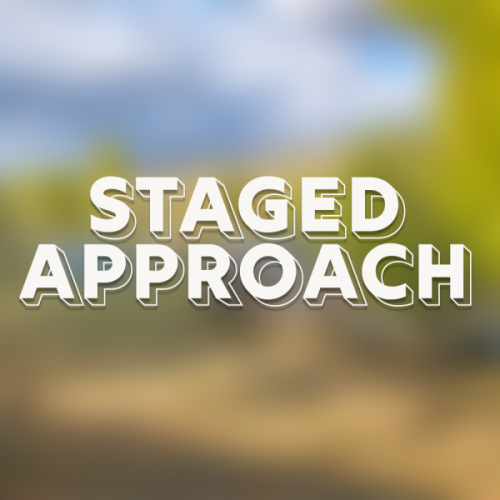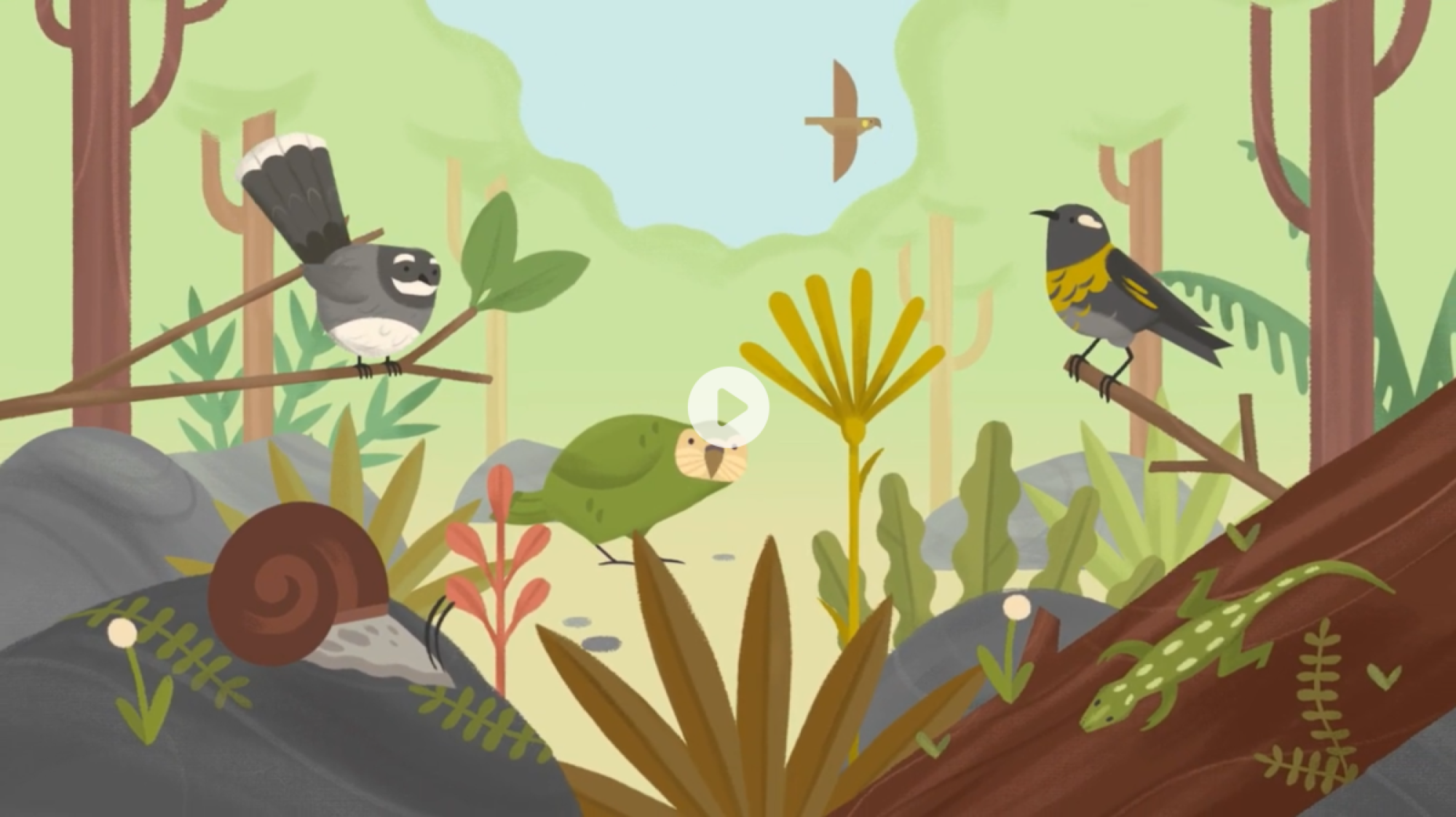What is PredatorFree NZMCA Parks?
In August 2022, the NZMCA Board agreed to support Aotearoa New Zealand's PredatorFree 2050 vision by adopting an initial 5-year action plan for commencement in 2023.
Aotearoa New Zealand has been geologically isolated from the rest of the world for over 85 million years. As a result, our country is home to many native flora and fauna, which makes them particularly vulnerable to introduced predators.
PredatorFree 2050 has a vision to eradicate the five most damaging predators to conservation and our natural environment: rats, stoats, ferrets, weasels, and possums.
Many hapu, community groups, businesses and organisations across Aotearoa New Zealand have been quick to embrace the nation's PredatorFree 2050 vision and work together to prevent further loss of the many taonga (treasured) species that are uniquely ours.
The NZMCA supports this vision, particularly as one of the core objects of the Association's constitution is to "promote environmental sustainability and the protection of the natural environment".
The NZMCA's Role
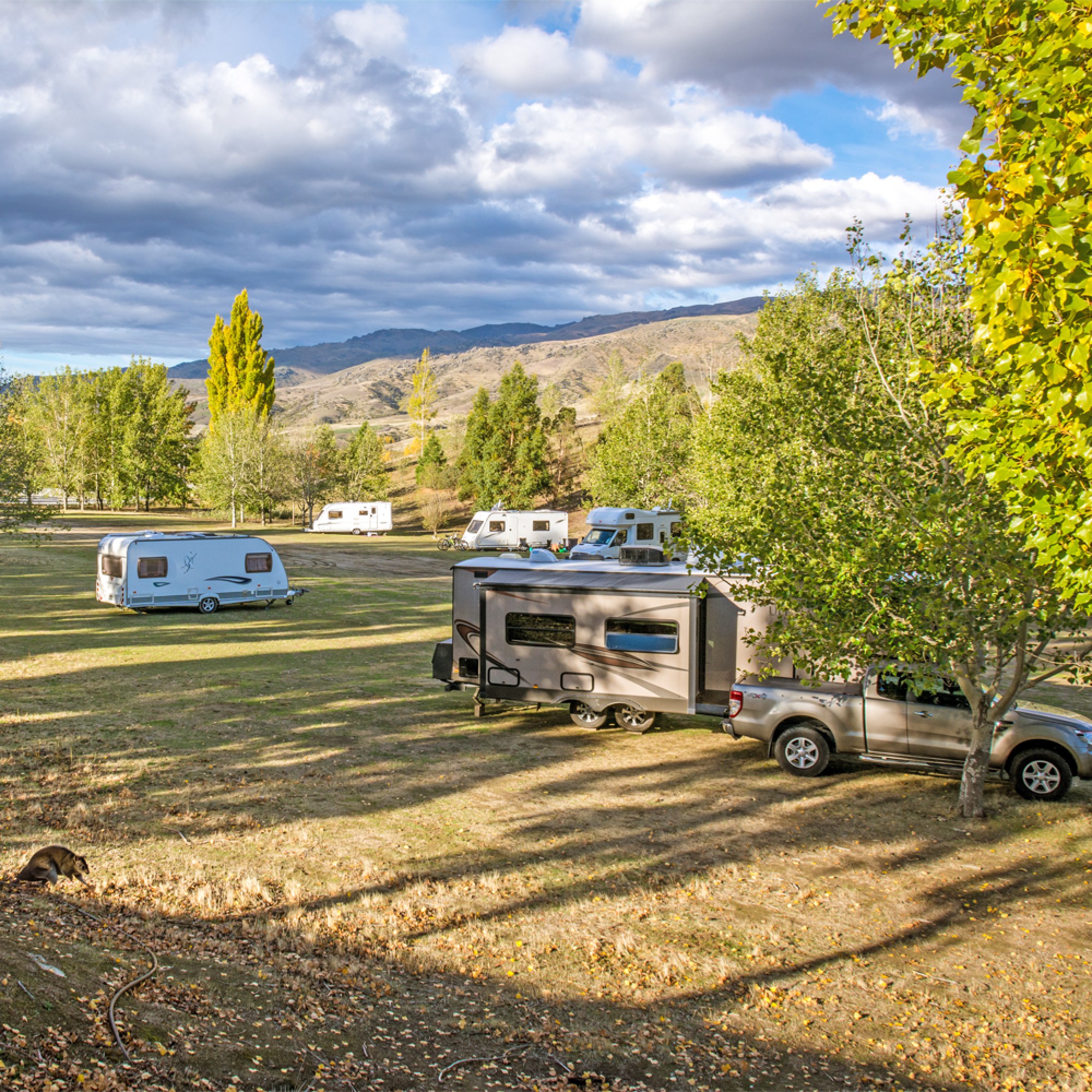
Working alongside members and communities, over time, the NZMCA aims to establish predator traps at every NZMCA Park.

We're asking NZMCA volunteers and members visiting parks to work together to place, monitor and safely empty traps, while maintaining records for each park.
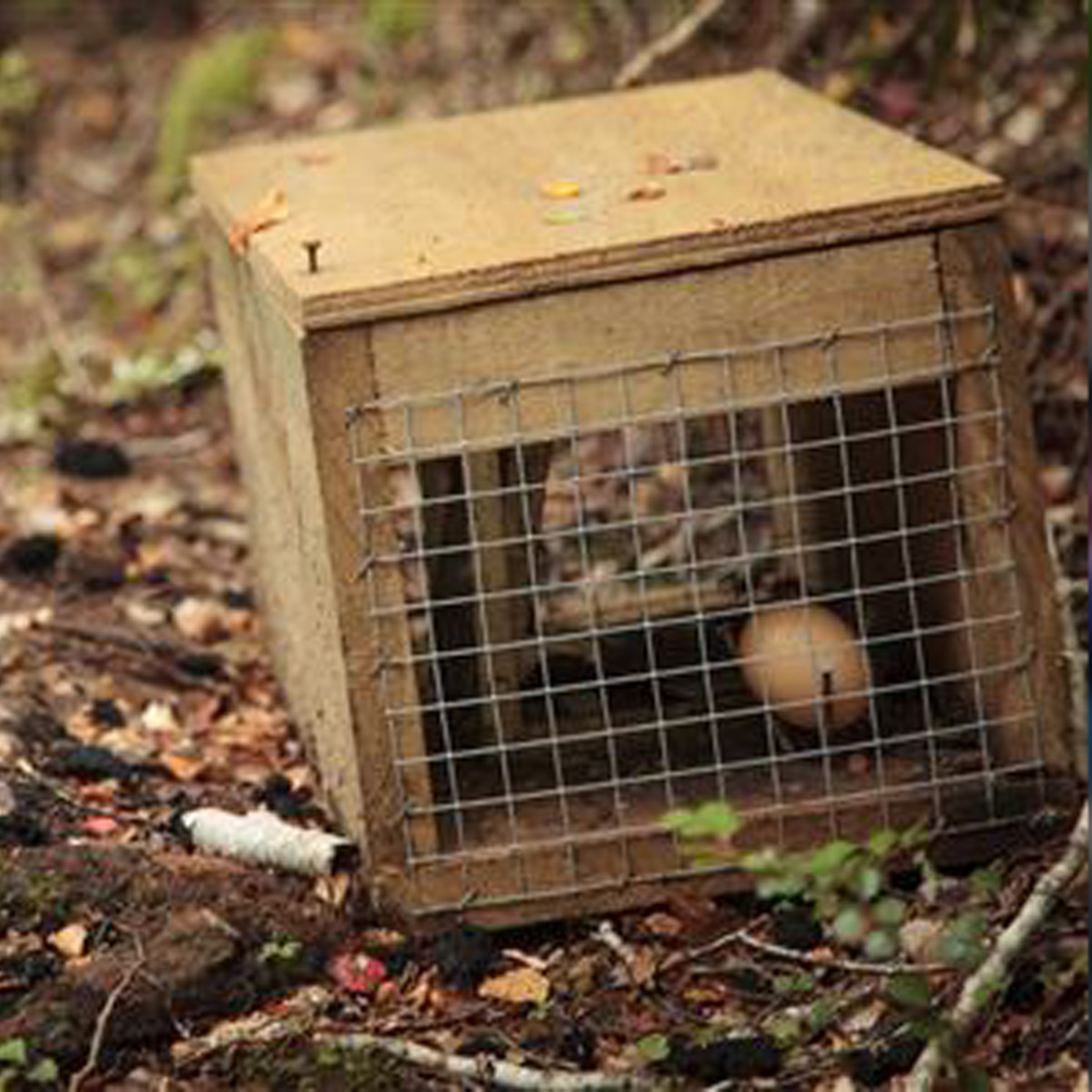
One of the best ways individual members can help protect our taonga is to set predator traps at home. Rats, for example, are more common than many people realise.
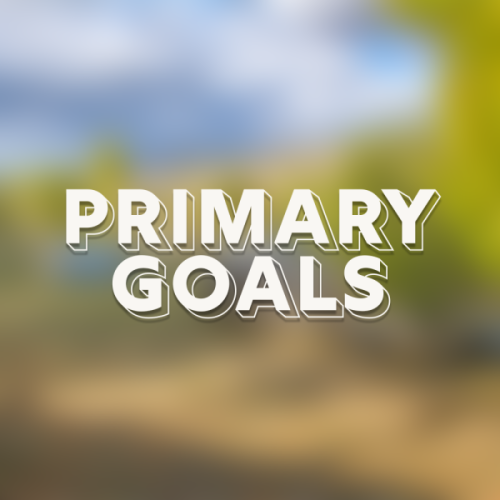

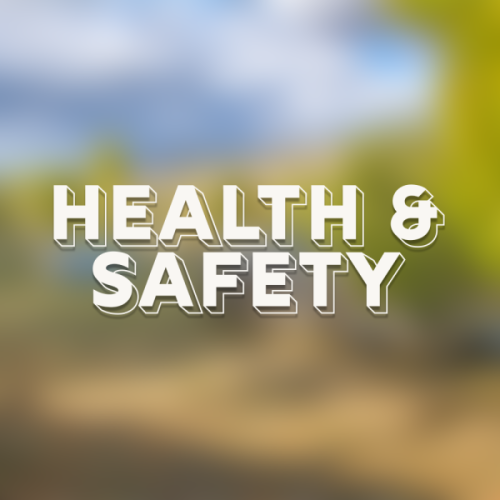
Health and Safety
The safety of NZMCA volunteers, members, and their families (including pets!) visiting NZMCA Parks is paramount.
